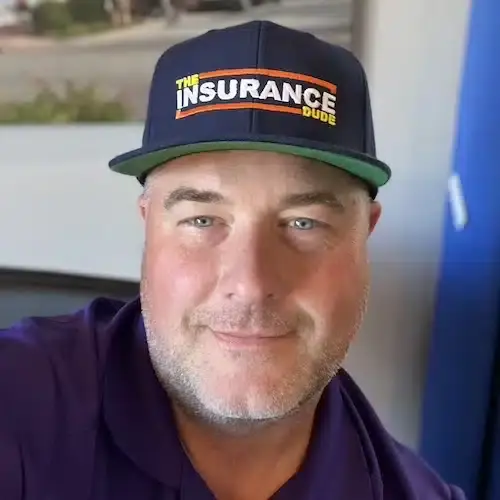If you’ve ever asked yourself, what is home hazard insurance? Many homeowners confuse it with hazard insurance and home insurance, but understanding the difference is important. Home hazard insurance is critical to protecting your property, covering damages to the structure caused by risks like fires, storms, or vandalism. Mortgage lenders often require this coverage, but it also ensures you won’t face significant financial burdens from unexpected events. Learning how hazard insurance fits into your overall home insurance policy can help you choose the best protection for your needs.
What Is Home Hazard Insurance
Hazard insurance refers to the portion of a homeowners insurance policy that protects the physical structure of your home from specific risks. It is essential for safeguarding your property from financial loss due to covered perils. Often required by mortgage lenders, hazard insurance ensures that your home is protected against common threats that can cause significant structural damage.
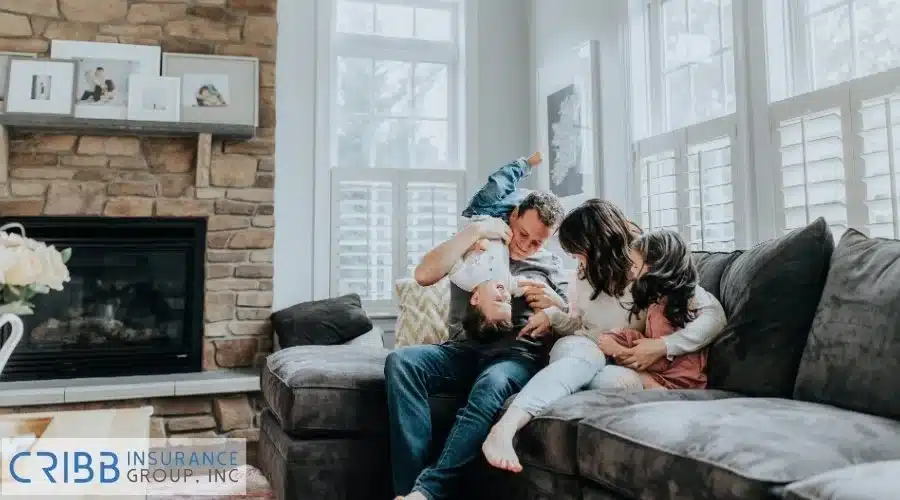
Definition and Basics
Hazard insurance is not a separate policy but a component of standard homeowners insurance. It specifically provides financial protection against damage to your home caused by covered hazards. These hazards, also known as perils, typically include:
- Fire and smoke damage
- Windstorms and hail
- Theft and vandalism
- Falling objects such as trees
- Vehicle collisions involving your home
This coverage ensures that, in the event of a covered incident, the cost of repairs or rebuilding is covered up to your policy’s limits. Without hazard insurance, homeowners would face significant out-of-pocket costs to repair damages caused by these unexpected events.
Importance for Homeowners
Hazard insurance is a vital safeguard for homeowners, especially those with mortgages. Mortgage lenders often require hazard insurance as a condition for loan approval because it protects their financial interest in the property. Here’s why it’s important for homeowners:
- Protects Your Investment: Your home is likely your most significant financial asset. Hazard insurance ensures that covered damages don’t result in substantial personal losses.
- Meets Lender Requirements: Lenders typically mandate hazard insurance to ensure the property remains a viable collateral.
- Provides Peace of Mind: Knowing that your home is covered against common perils reduces stress and uncertainty.
Having hazard insurance ensures that homeowners can focus on recovering from an incident without the additional burden of financial strain.
How Hazard Insurance Protects Your Home
Hazard insurance plays a vital role in protecting homeowners from financial losses caused by unexpected damage. This coverage ensures that, in the event of a covered peril, you can repair or rebuild your home without significant out-of-pocket expenses. By understanding what is included in this type of insurance, you can make sure your property is properly protected.
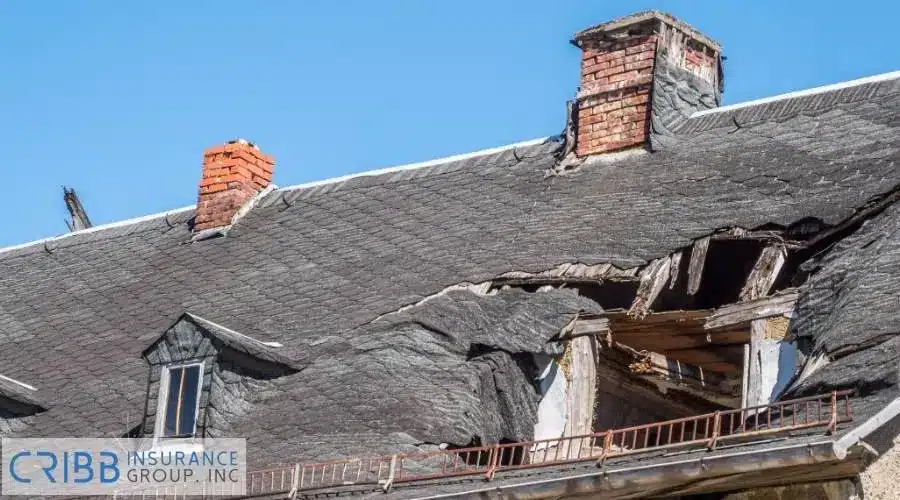
Coverage Examples
Hazard insurance typically covers damages caused by specific incidents that directly impact the structure of your home. Common examples include:
- Fire or Smoke Damage: Protection against accidental fires or smoke-related incidents.
- Windstorms and Hail: Coverage for damage caused by strong winds or hailstones.
- Vandalism or Theft: Repairs or replacements after intentional damage or burglary.
- Falling Objects: Damage caused by trees or other heavy objects falling onto your home.
- Vehicle Collisions: Coverage for damages if a vehicle crashes into your property.
Each policy varies slightly, so it’s important to check your specific coverage details with your insurance provider.
Common Perils Covered
Most hazard insurance policies include a list of specific perils that are covered. These commonly include:
- Fires
- Lightning strikes
- Hail and windstorms
- Explosions
Damage from falling trees or debris
While these perils are standard, certain natural disasters, like floods and earthquakes, may not be included. Homeowners living in high-risk areas should consider purchasing additional coverage for these specific risks.
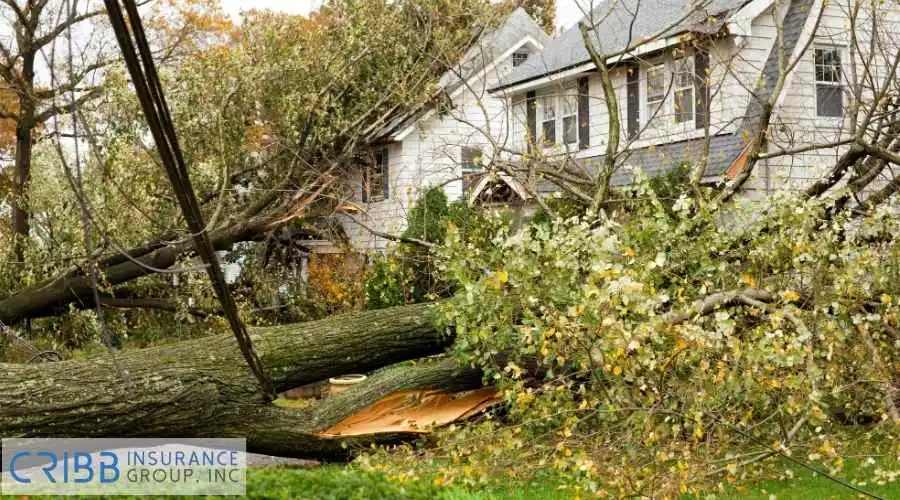
Protection for Additional Structures
In addition to the main structure of your home, hazard insurance may also cover other structures on your property. These typically include:
- Detached Garages: Coverage for damage to garages not attached to your home.
- Sheds or Workshops: Protection for smaller buildings used for storage or workspaces.
- Fences: Repairs for damages caused by storms, accidents, or vandalism.
This extended coverage ensures that all essential parts of your property are protected, offering comprehensive peace of mind for homeowners.
Key Differences Between Hazard and Home Insurance
While hazard insurance is a part of home insurance, the two terms are not interchangeable. Understanding the differences between these coverages can help you ensure that your home is fully protected against potential risks while meeting mortgage requirements.
Coverage Areas Compared
Hazard insurance focuses exclusively on protecting the structure of your home from specific perils, such as fires, hail, or theft. In contrast, home insurance provides a broader range of coverage, including:
- Personal Belongings: Covers items like furniture, electronics, and clothing.
- Liability Protection: Offers financial protection if someone is injured on your property.
- Temporary Living Expenses: Pays for costs like hotel stays if your home becomes uninhabitable after a covered incident.
By understanding these distinctions, homeowners can avoid confusion and ensure they have comprehensive protection that covers both their property and personal needs.
Why Mortgage Lenders Require Hazard Insurance
Mortgage lenders often insist on hazard insurance to protect their investment in the property. Since the home serves as collateral for the loan, lenders want to ensure it remains in good condition in case of unforeseen damage. This requirement is typically outlined during the mortgage approval process and often involves:
- Verification of Coverage: Lenders require proof that hazard insurance is in place before finalizing the loan.
- Escrow Accounts: Many lenders include hazard insurance payments in the monthly mortgage bill to ensure the policy remains active.
- Policy Limits: Lenders may mandate minimum coverage limits to match or exceed the value of the loan.
Understanding why lenders prioritize hazard insurance can help homeowners comply with these requirements while securing their property.
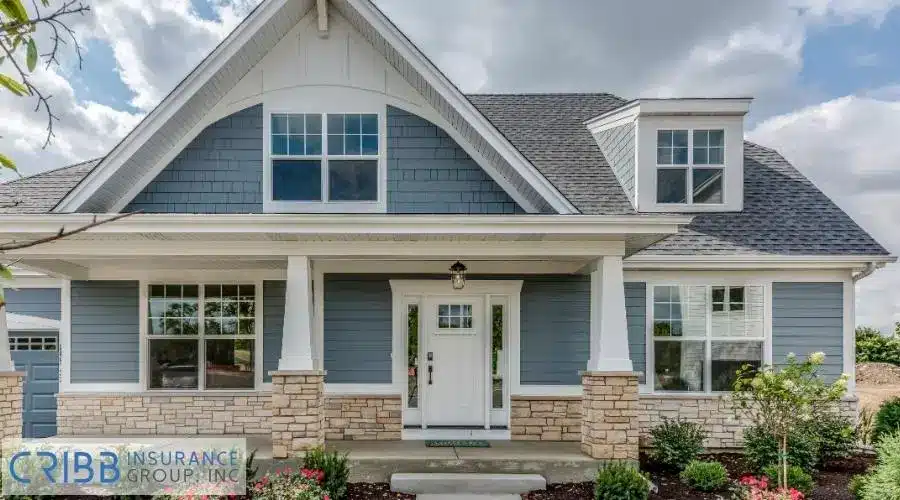
Costs and Factors That Influence Premiums
The cost of hazard insurance varies depending on several factors, such as the value of your home and the risks associated with your location. Understanding what influences premiums can help you estimate your costs and take steps to make your coverage more affordable.
Typical Costs of Hazard Insurance
Hazard insurance costs are typically included as part of a homeowners insurance policy. On average, homeowners pay between $700 and $1,500 annually for hazard insurance, though this amount can vary widely based on:
- The size and value of your home.
- The location of your property, particularly in high-risk areas.
- The level of coverage and deductibles you choose.
It’s important to review your policy and speak with your insurance provider to understand how these factors affect your specific costs.
Factors Affecting Premiums
Several factors determine how much you’ll pay for hazard insurance. Being aware of these can help you understand your premium and potentially lower your overall costs:
- Location: Homes in areas prone to natural disasters, such as hurricanes or wildfires, generally have higher premiums.
- Home Construction: Materials like brick or fire-resistant siding can reduce premiums compared to wood-frame construction.
- Age of the Home: Older homes may cost more to insure due to outdated construction or higher repair costs.
- Coverage Amount: Higher coverage limits result in higher premiums, but they provide better financial protection.
- Deductible: Choosing a higher deductible can lower your premium but increases out-of-pocket costs when filing a claim.
By understanding these factors, homeowners can better plan for their insurance costs and make decisions that balance coverage with affordability.
Tips to Lower Your Insurance Costs
There are several ways homeowners can reduce their hazard insurance premiums without sacrificing coverage. Consider these tips:
- Increase Your Deductible: Opting for a higher deductible reduces the annual premium, though you’ll need to pay more out of pocket for claims.
- Bundle Policies: Combining hazard insurance with other policies, like auto insurance, can result in discounts.
- Make Home Improvements: Adding safety features, such as fire-resistant roofing or storm shutters, can lower your premiums.
- Shop Around: Comparing quotes from multiple providers helps you find the best rate for the coverage you need.
- Ask About Discounts: Many insurance companies offer discounts for things like installing security systems or having a claims-free history.
Taking these tips can help homeowners save money while ensuring their property remains well-protected.
What Hazard Insurance Does Not Cover
While hazard insurance provides essential protection for your home’s structure, it does not cover everything. Understanding its limitations helps homeowners identify gaps in coverage and explore supplemental policies to ensure complete protection.
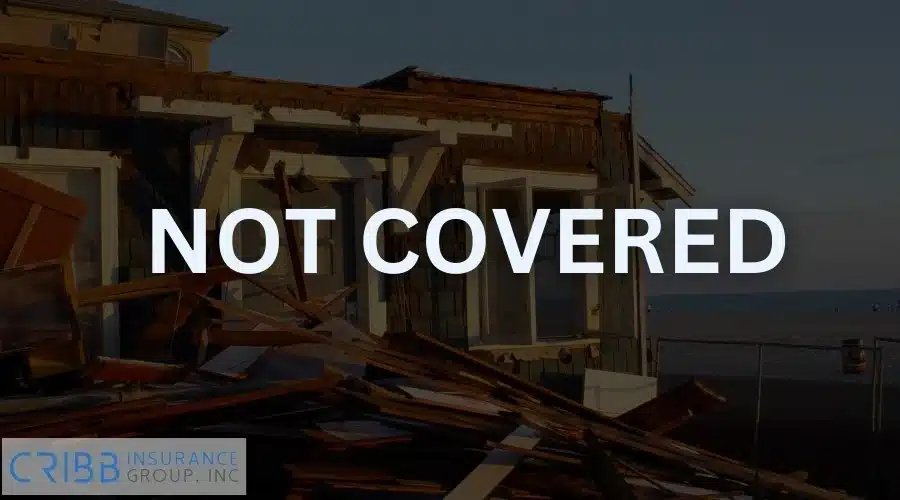
Common Exclusions
Hazard insurance specifically focuses on the physical structure of your home and excludes many other potential risks. These common exclusions include:
- Personal Belongings: Items such as furniture, electronics, and clothing are not covered.
- Liability Protection: Injuries sustained by others on your property or lawsuits are excluded.
- Flood and Earthquake Damage: These perils are generally not covered under standard policies.
- Normal Wear and Tear: Damage from aging, poor maintenance, or gradual deterioration is excluded.
Knowing these exclusions can prevent surprises when filing a claim and help you identify other types of coverage you might need.
Examples of Needed Supplemental Policies
To address gaps in hazard insurance, homeowners may need to purchase additional coverage tailored to specific risks. Examples of supplemental policies include:
- Flood Insurance: Essential for homes in flood-prone areas, this policy covers water damage caused by heavy rains or rising waters.
- Earthquake Insurance: Provides coverage for damages resulting from seismic activity, which is excluded from standard policies.
- Personal Property Insurance: Protects your belongings against theft, fire, or other covered events.
- Liability Insurance: Offers financial protection in cases where someone is injured on your property or you are held liable for damages.
- Umbrella Insurance: Adds an extra layer of coverage for liability claims exceeding the limits of your standard policy.
These additional policies ensure comprehensive protection, especially for homeowners in high-risk areas or those with valuable possessions.
Why Hazard Insurance is Essential for Homeowners in Bentonville, AR
Understanding what is home hazard insurance is key to protecting your property and financial security. For homeowners in Bentonville, AR, where weather events like storms and hail are common, hazard insurance ensures that you’re covered for damages caused by these perils. By maintaining comprehensive coverage, you can protect your investment, meet mortgage requirements, and enjoy peace of mind knowing your home is safeguarded.
Cribb Insurance Group Inc takes pride in helping Bentonville homeowners navigate their insurance needs. Whether you need hazard insurance, supplemental policies, or advice on how to enhance your coverage, our team is here to ensure you’re fully protected.

Frequently Asked Questions
What Are the Most Common Claims Under Hazard Insurance?
Common claims include damages from fires, windstorms, hail, and falling trees. These perils often result in structural damage to homes, making hazard insurance essential for covering repair or rebuilding costs. Theft and vandalism are also frequent claims, though coverage details may vary by policy.
How Does Hazard Insurance Impact Property Value?
Hazard insurance does not directly increase property value but protects it by ensuring the home remains in good condition after a covered incident. Well-maintained homes with comprehensive insurance are more attractive to buyers and may sell for higher prices.
Can Hazard Insurance Be Combined With Other Policies?
Yes, hazard insurance is often bundled into a standard homeowners insurance policy. Additional coverage, such as flood or earthquake insurance, can also be added to enhance protection, providing homeowners with a more comprehensive solution tailored to their needs.
Is Hazard Insurance Required for Condominiums?
Condominium owners may need hazard insurance for their units, especially if required by their lender. However, the condominium association’s master policy typically covers shared structures and common areas, so personal policies focus on the interior and personal belongings.
How Do I Know If I Have Enough Hazard Insurance Coverage?
To determine sufficient coverage, calculate the cost to rebuild your home entirely if it were destroyed. Consider factors like current construction costs and regional risks. Your insurance agent can help you review your policy limits and suggest adjustments if necessary.
Protect Your Bentonville Home With Cribb Insurance Group Inc
At Cribb Insurance Group Inc, we’re committed to providing Bentonville homeowners with reliable and comprehensive hazard insurance solutions. Call us at (479) 286-1066 to discuss your insurance needs or request a free quote. Protect your home and your peace of mind today.


